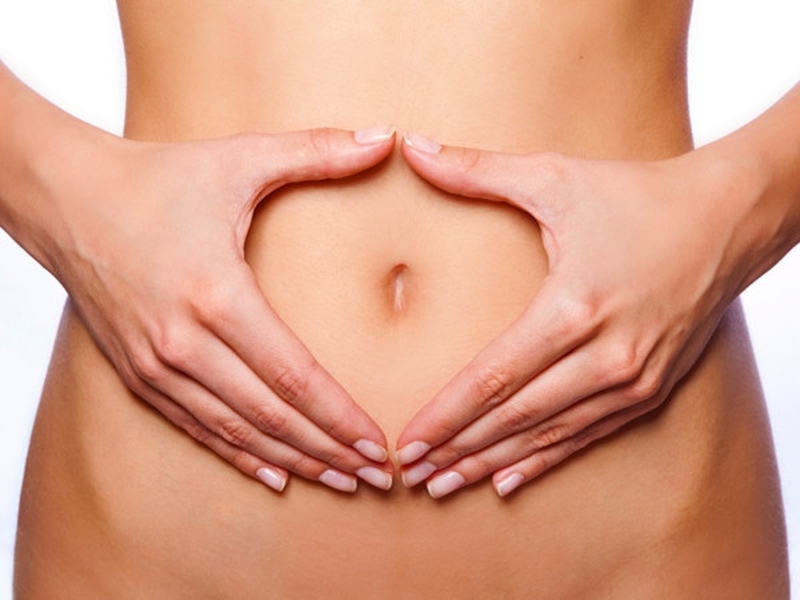Do you remember the last time you cleaned your belly button? If your answer to this question is no then probably you are not alone. We often forget to clean the tiny crevice of our body. Let us find out answers to how to clean your belly button properly.

Why Should You Clean Your Belly Button?
You may be surprised to know that your belly button is home to greater than 60 different kinds of bacteria in addition to dirt, soap, sweat and lotions. If not cleaned properly, the belly button can also get a yeast infection. The signs and symptoms of a belly button yeast infection include redness, itching, and odor. You should visit your physician immediately if you experience discharge from your belly button, feel pain, or develop nausea or a fever.
You are more prone to develop infections of your belly button if you have an innie belly button or if there is piercing of your belly button. This happens because deeper navels and piercings are more prone to get infected.
How to Clean Your Belly Button
1. The first step is to shower with plain soap and water and it would remove the dirt, lint and some bacteria. There is not much scrubbing required, but make sure that the shower removes obvious grime.
2. Those who have an outtie are pretty lucky and their belly buttons must be pretty clean. Those who have deeper belly buttons need to become some more aggressive about the cleanliness of their navel. Dip either your finger or the tip of a soft washcloth/Q-tip in a salt water solution (mix around a tsp of table salt in a cup of lukewarm water). Massage gently the inside of your belly button. This will loosen stubborn dirt and germs that may result in odor. Now rinse with plain water and pat dry using a soft dry cloth.
3. You can also use a cotton swab and dip it in a cleansing solution (such as water, hydrogen peroxide, rubbing alcohol, another kind of astringent such as witch hazel). Gently clean the belly button with the cotton swab, being careful not to rub too hard inside the belly button. Repeat the process with clean swabs if your belly button is still dirty. In the end with a clean swab gently clean out any remaining cleaning solution from the belly button.
4. Avoid using creams or lotions on your belly button as the extra moisture from these substances can promote the growth of bacteria or fungi.
How to Clean Your Belly Button Piercing
If you have a piercing of your belly button you need to pay special attention to it. You can utilize the similar saltwater solution described above:
1. Take a clean cloth and wet it in the solution. Apply it to the area of piercing as a warm compress at least several times in a day. This would remove any crust or discharge and allow you to move the jewelry within the piercing gently.
2. Pat it dry with a clean, soft cloth when you are finished.
How to recognize an infection of your belly button?
Belly buttons, which are itchy, inflamed or crusted, may be infected. Some of the common symptoms of an infection of a belly button or an allergic reaction to a piercing are:
Itchy, red skin around the belly button
Foul smell
Green, yellow or dark colored discharge
Swelling
Persistent pain, especially around a piercing
Blister formation around the belly button or piercing
You should visit your physician as you may require antibiotics or other treatments for your infection.
View All Comments /Add Comment